Trying to tell the story of ancient cannabis is like trying to guess the picture on a puzzle with the majority of the pieces missing. Most of what we know about the historic uses of cannabis come from sparse archaeological evidence and oft doggy translations of texts that are thousands of years old. We can make some educated guesses, but, in the end, the more answers we discover, the more questions we unveil.
Nevertheless, thanks to changing public opinion and waves of legalization, cannabis research is getting prime-time attention. As a result, we know more about the origins of cannabis than we have ever before—and now it’s time to recover some of our long-lost history.
Where Did Marijuana Originate?
We may still have a lot to learn about the ancient history of marijuana, but one thing is certain: the cannabis plant originated in Central and Southeast Asia. To this day, the flowering herb grows wild across the Eurasian Steppes, a vast grassland region spanning western China and Mongolia through Kazakhstan and south toward India and the Middle East.
When Marijuana Was Discovered
It’s difficult to tell when cannabis was first discovered; the herb has been a part of human life for millennia. Experts suggest that the plant was likely traded among various cultures on the precursor to the silk road—the oldest and arguably the most important trade route in human history. But, the first “discovery” of cannabis likely happened before human groups traded amongst each other via regular routes.
Botanical and archeological researchers speculate that the plant was first domesticated around 12,000 BCE. Should this estimate prove correct, domestic cannabis is among the earliest agricultural crops domesticated by humans. But, archeological evidence is often precarious in nature. In our modern time, we can only really know what we can find—and nature has a way of erasing the past.
We know that by 8,000 BCE, ancient Mesopotamians and ancient Chinese made hemp cloth. We also know that the mythological Chinese emperor Shennong is said to have used hemp as medicine in roughly 3,000 BCE. Ancient texts later written declared that the “Divine Farmer” used cannabis to heal illnesses like rheumatism and gout. Although, it is certainly difficult to separate myth from fact in this case.
Who Discovered Weed?
The earliest archeological evidence of domesticated cannabis found thus far dates back to ancient Japan and China. In Japan, hemp seed and fiber scraps found in pottery artifacts from the Fukui Prefecture date back to the early Jamon Period, which lasted from 10,000 to 200 BCE. These particular discoveries indicate that cannabis was used for food and industrial purposes, not for psychoactive nor medicinal properties.
But, those interested in the history of psychoactive cannabis may find the next discoveries far more fascinating. In 2019, a cohort of German and Chinese scientists tested chemical residues inside funerary incense burners that are more than 2,500 years old. The surprising find? The incense burners tested positive for THC, the chemical culprit behind the famous cannabis “high.”
The incense burners were found in Jirzankal Cemetery site in the eastern Pamirs mountains, a region of western China with particularly high elevations. Researchers postulate that cannabis was burned during mortuary rituals, although there is no evidence to suggest that these ancient peoples were smoking the cannabis plant in the way we commonly do now. Rather, it’s more likely that its intoxicating aroma simply filled the atmosphere.
The Jirzankal cemetery discovery is a significant one: this is the first scientific evidence to show that our ancient central Eurasian relatives may be among the first human beings to begin both using and cultivating psychoactive cannabis. In essence, they may be the first people who may have “discovered” weed as we know it today.
As Nicole Boivin, Director at the Max Planck Institute for the Science of Human History, best explains in a press release: "The findings [of this study] support the idea that cannabis plants were first used for their psychoactive compounds in the mountainous regions of eastern Central Asia, thereafter spreading to other regions of the world."
Who Invented Smoking?
Has it ever occurred to you that humans, as a species, have the tendency to burn things down? According to current theory, intentional fire-setting is one of our species earliest and most effective hunting tactics. Eventually, our species became so accustomed to fire that we became genetically adapted to better tolerate toxins from smoke compared to other mammals.
Before we learned how to inhale smoke directly into our lungs, we learned how to burn things down. At some point after we learned how to burn things down, we learned how to burn incense. The Jirzankal cemetery site provides the first archeological evidence for the intentional use of cannabis smoke. Using cannabis as a fumigant or vapor is also common in historic medical texts amongst several ancient Central Asian cultures. But, the actual act of smoking out of a pipe or a rolled cigarette? We may have our ancient Andean relatives to thank for that.
From what we currently understand, tobacco is the original smokable plant. Our earliest records suggest that people began smoking the plant around 6,000 BC. At this point in time, cannabis had likely not been introduced to the Americas yet. Instead, European colonists took the smoking habit back across the Atlantic after Columbus’s first encounters with American civilizations. Before the 1500s, not even hash was smoked. Instead, it was eaten. The first Hookahs were not invented until the 15th century.
When Did Cannabis Arrive in the Americas?
Cannabis may be one of the oldest agricultural crops, but it certainly took a while to arrive in the Americas. In fact, while the word “marijuana” is often associated with Mexico, the cannabis plant is not native to Latin America. Instead, it was brought over to the American continents by European colonists after 1492.
While there is still much more to learn about the ancient history of cannabis, one thing is certain—humankind has made use of this plant for millennia.
Are you still missing out on The Bluntness newsletter? Sign Up today to stay in the loop.
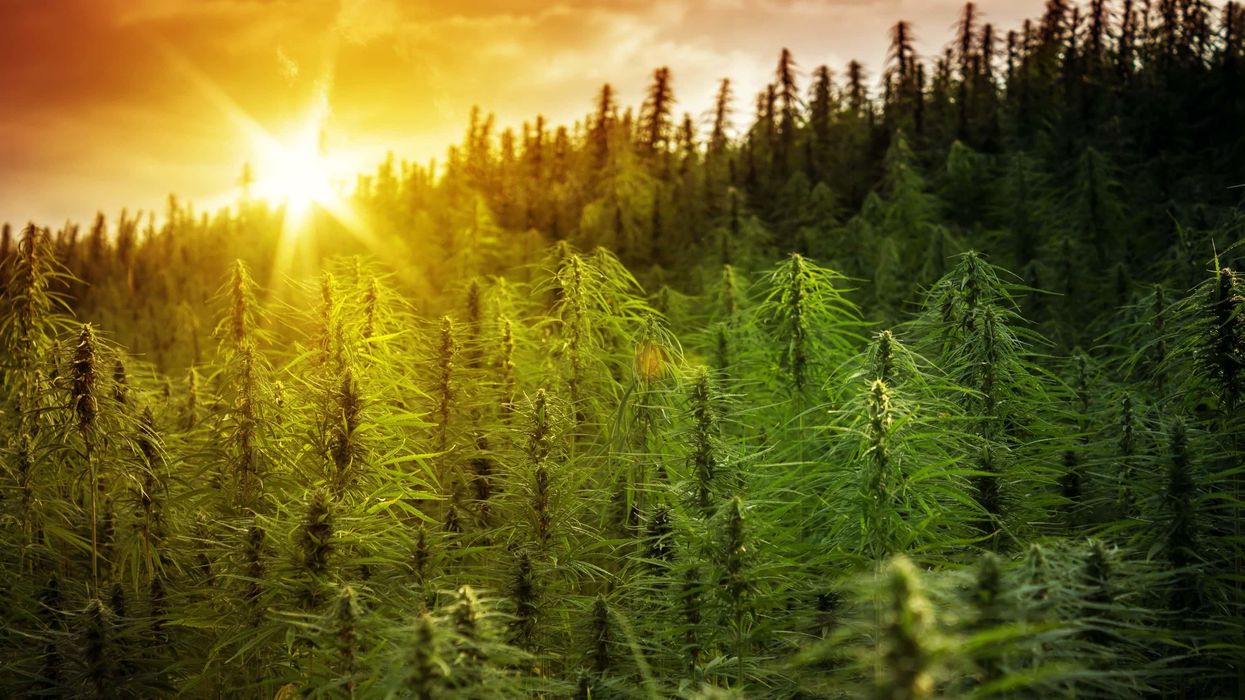

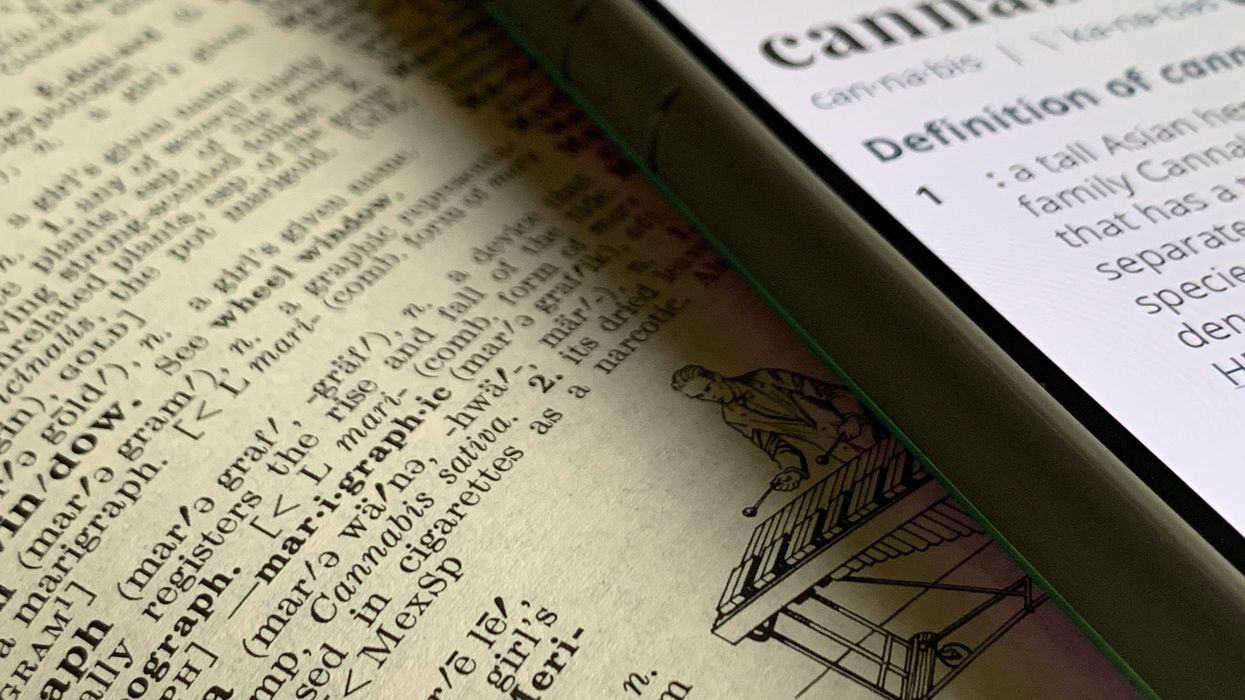
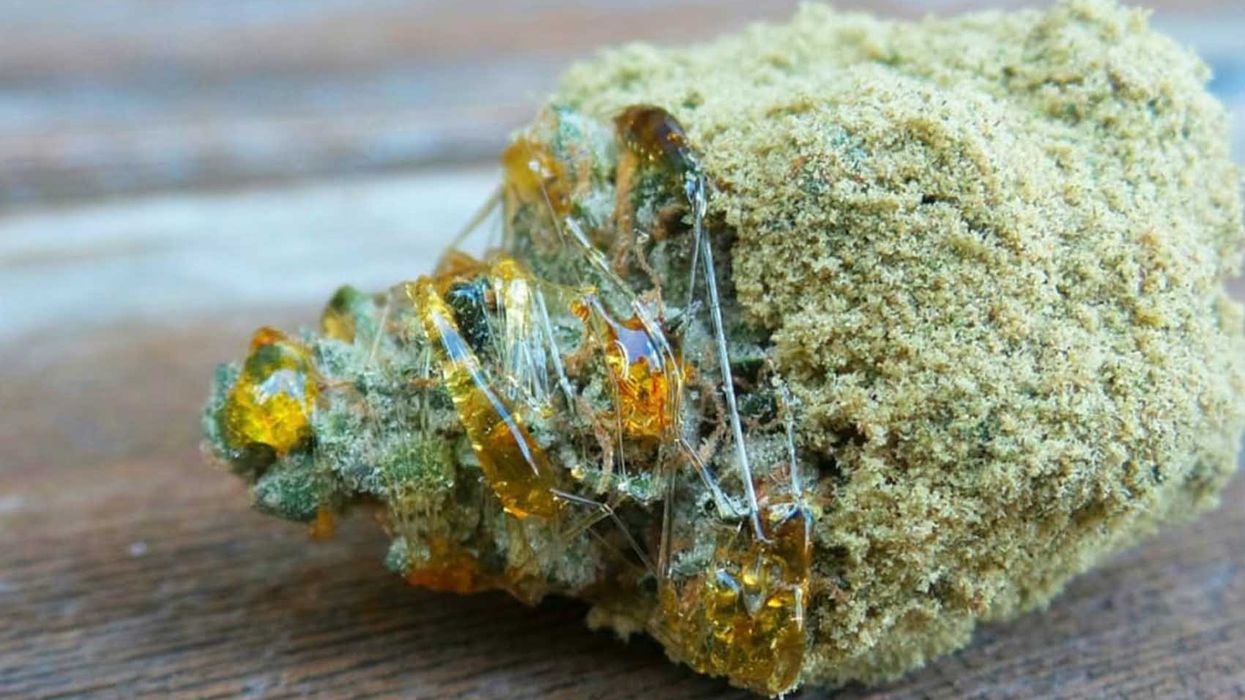
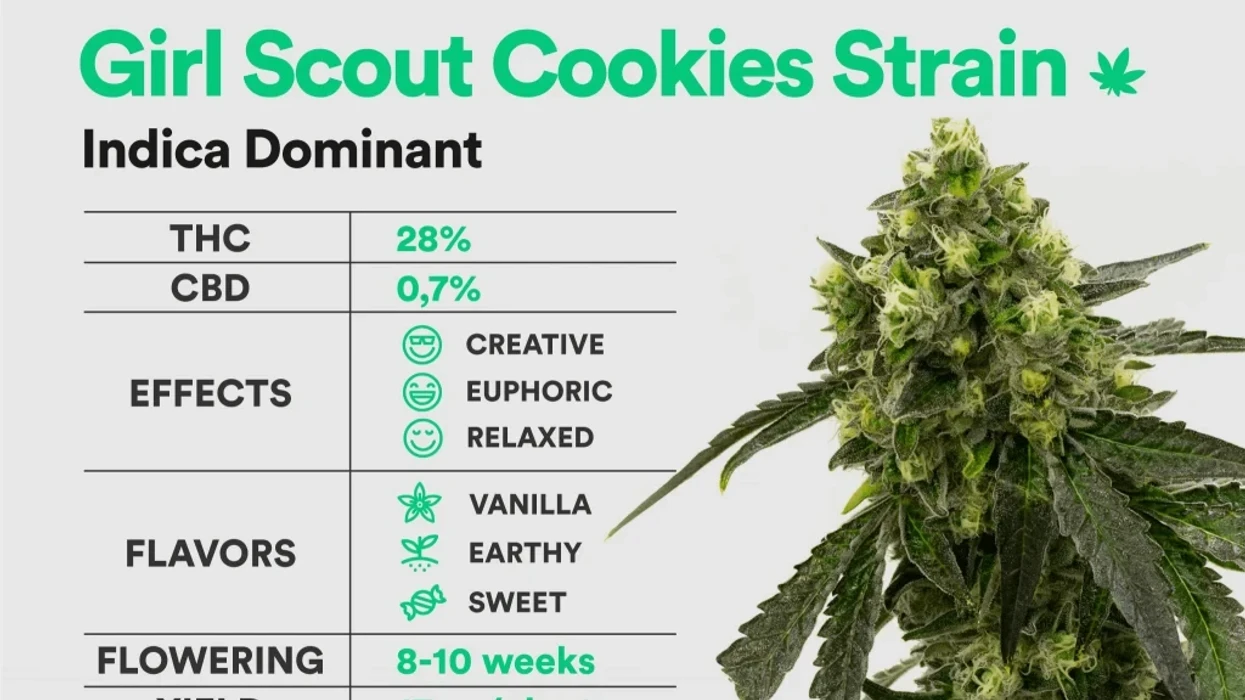

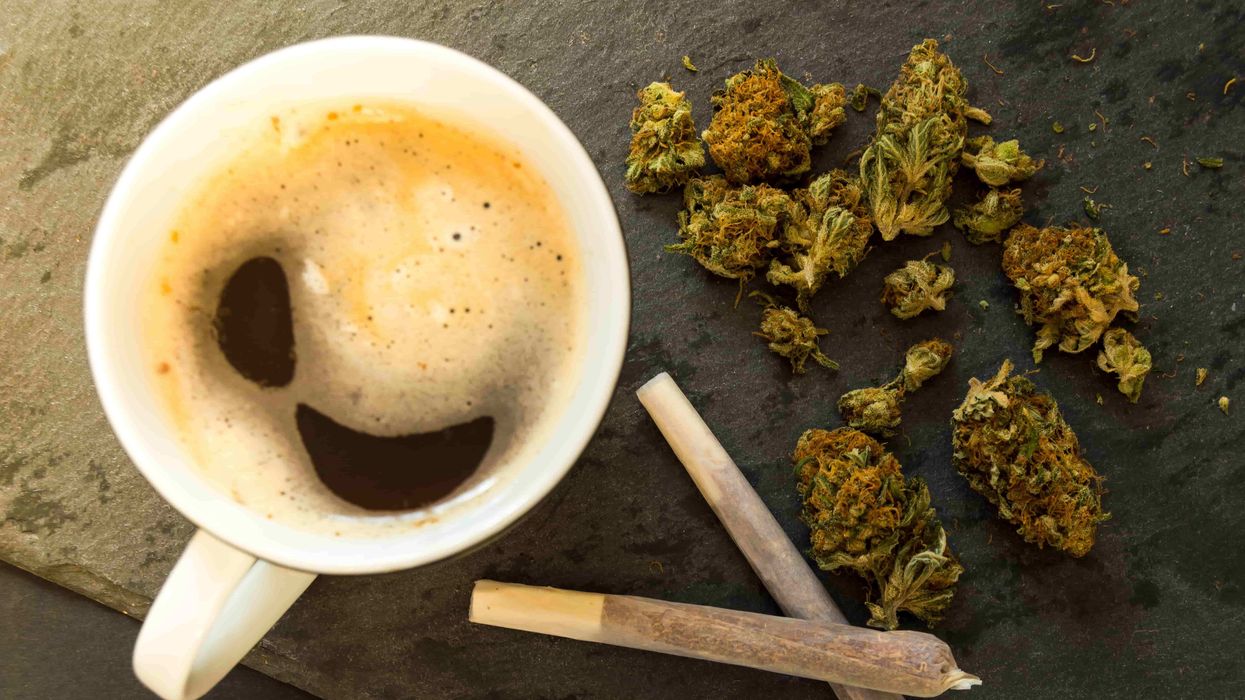
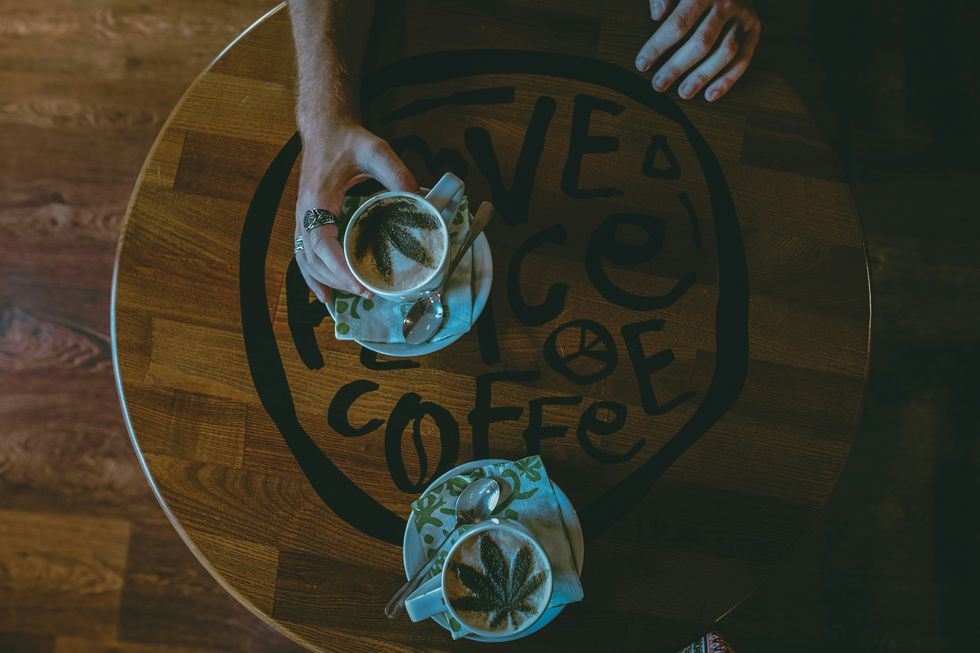 Coffee & Weed: A Modern Spin on the Hippie Speedball - The Bluntness
Photo by
Coffee & Weed: A Modern Spin on the Hippie Speedball - The Bluntness
Photo by 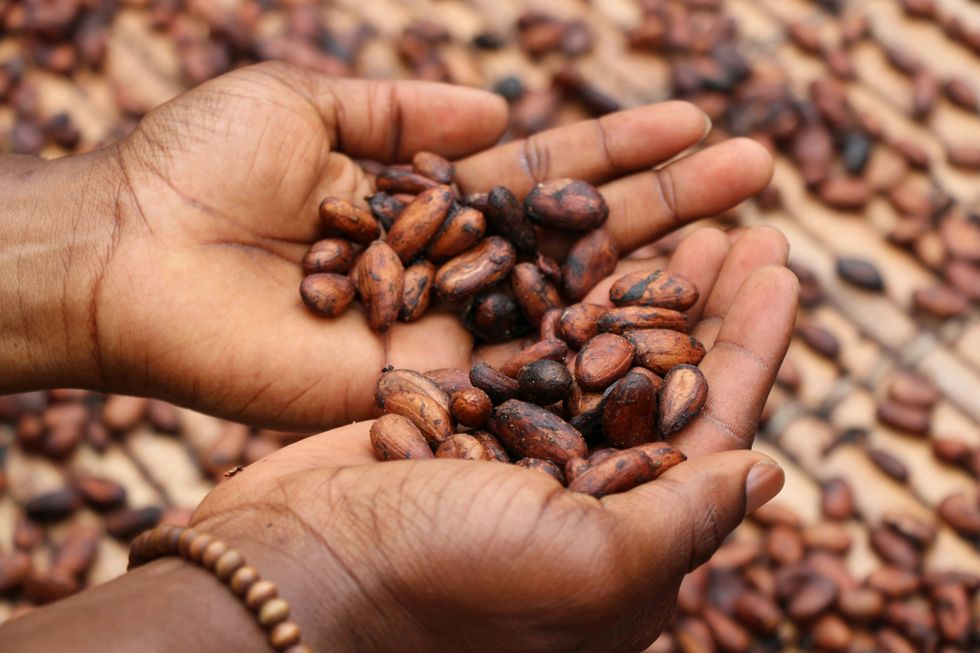 Coffee & Weed: A Modern Spin on the Hippie Speedball - The Bluntness
Photo by
Coffee & Weed: A Modern Spin on the Hippie Speedball - The Bluntness
Photo by  Coffee & Weed: A Modern Spin on the Hippie Speedball - The Bluntness
Photo by
Coffee & Weed: A Modern Spin on the Hippie Speedball - The Bluntness
Photo by 
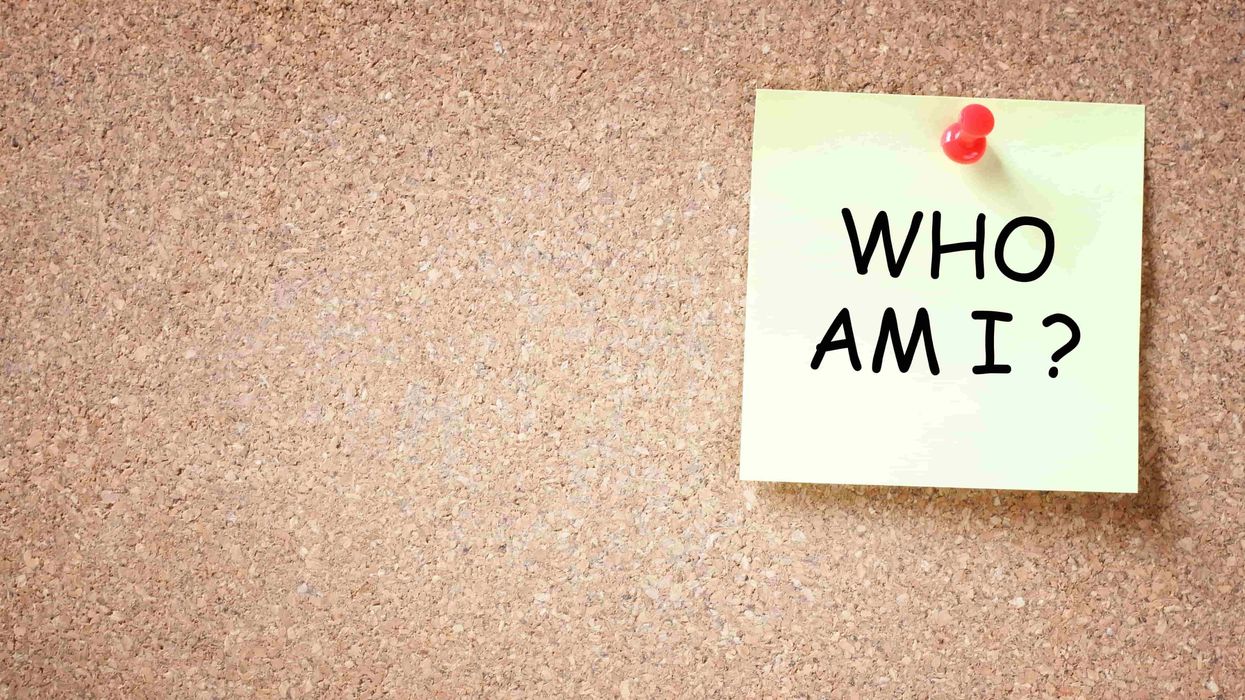

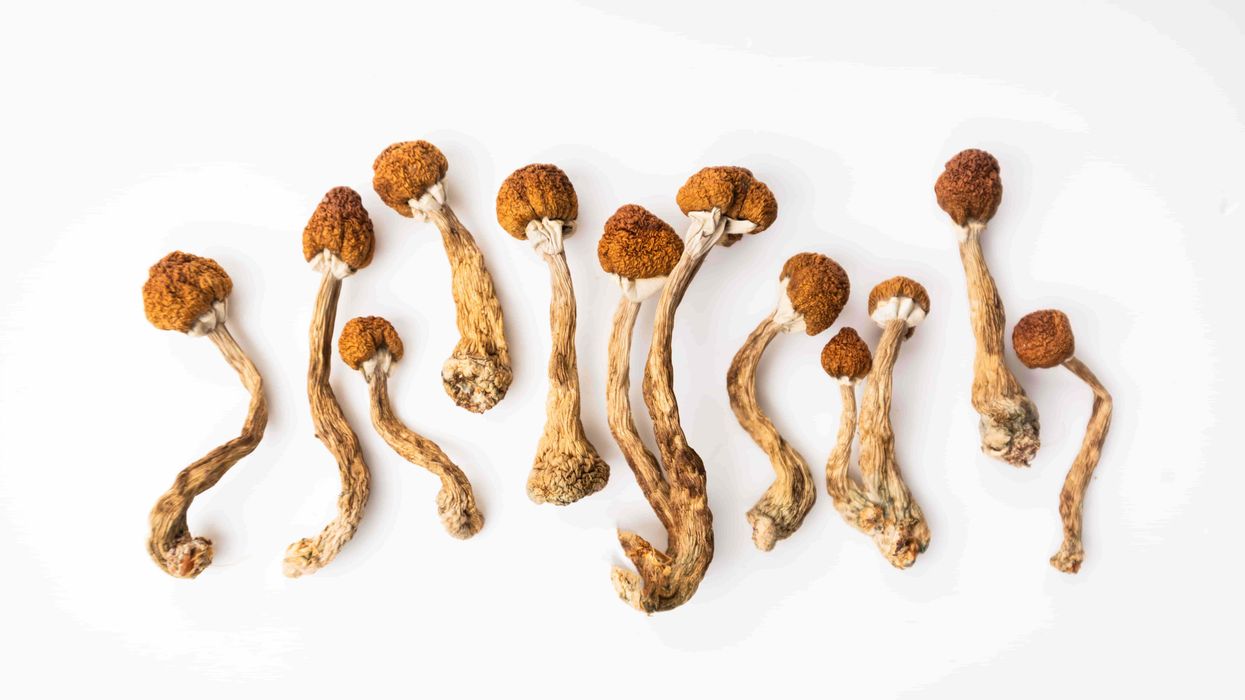
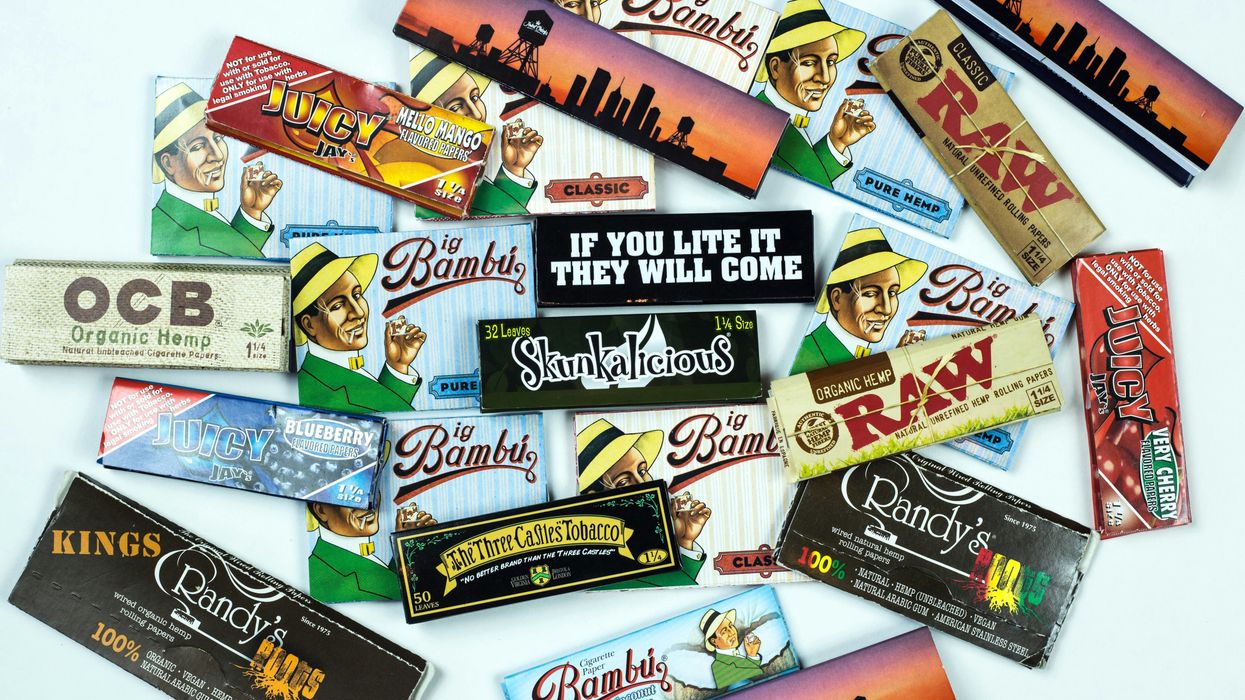


 Can Drug Dogs Smell Edibles? - The Bluntness
Photo by
Can Drug Dogs Smell Edibles? - The Bluntness
Photo by 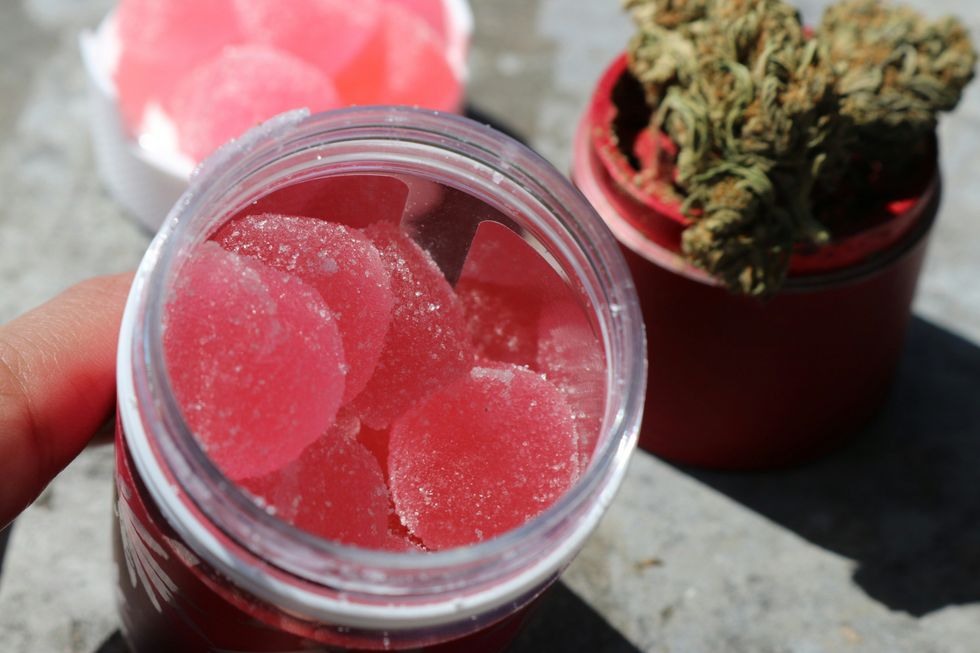 Can Drug Dogs Smell Edibles? - The Bluntness
Photo by
Can Drug Dogs Smell Edibles? - The Bluntness
Photo by 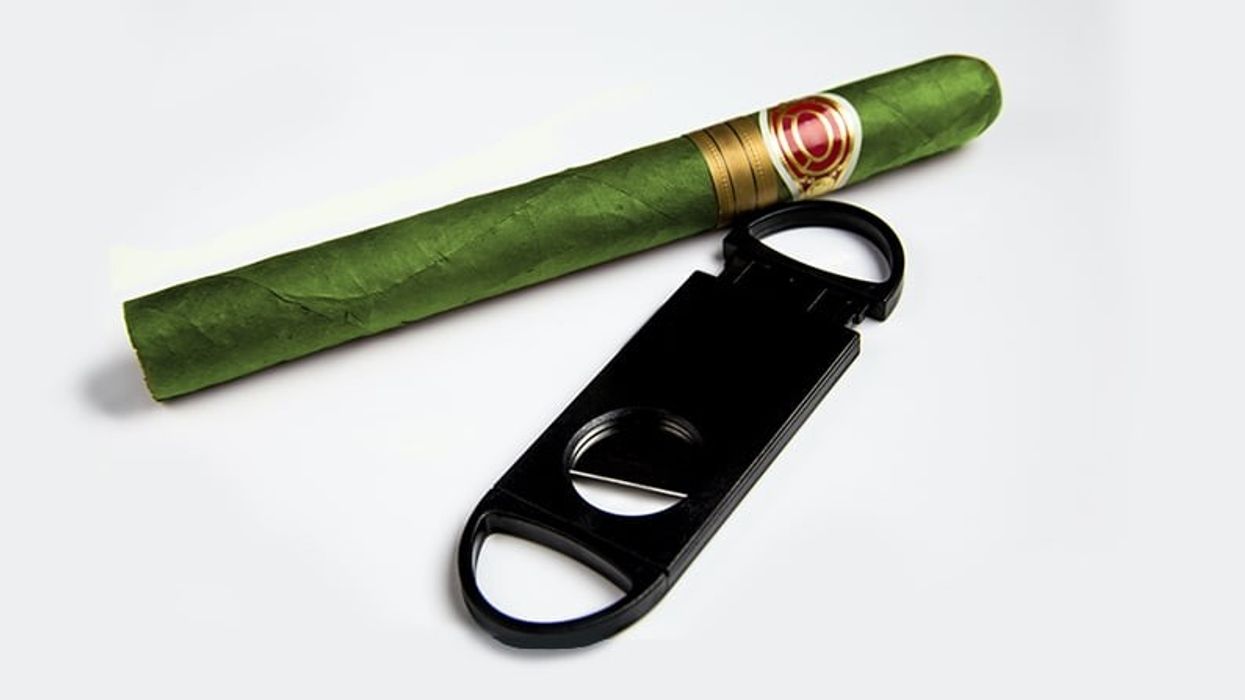
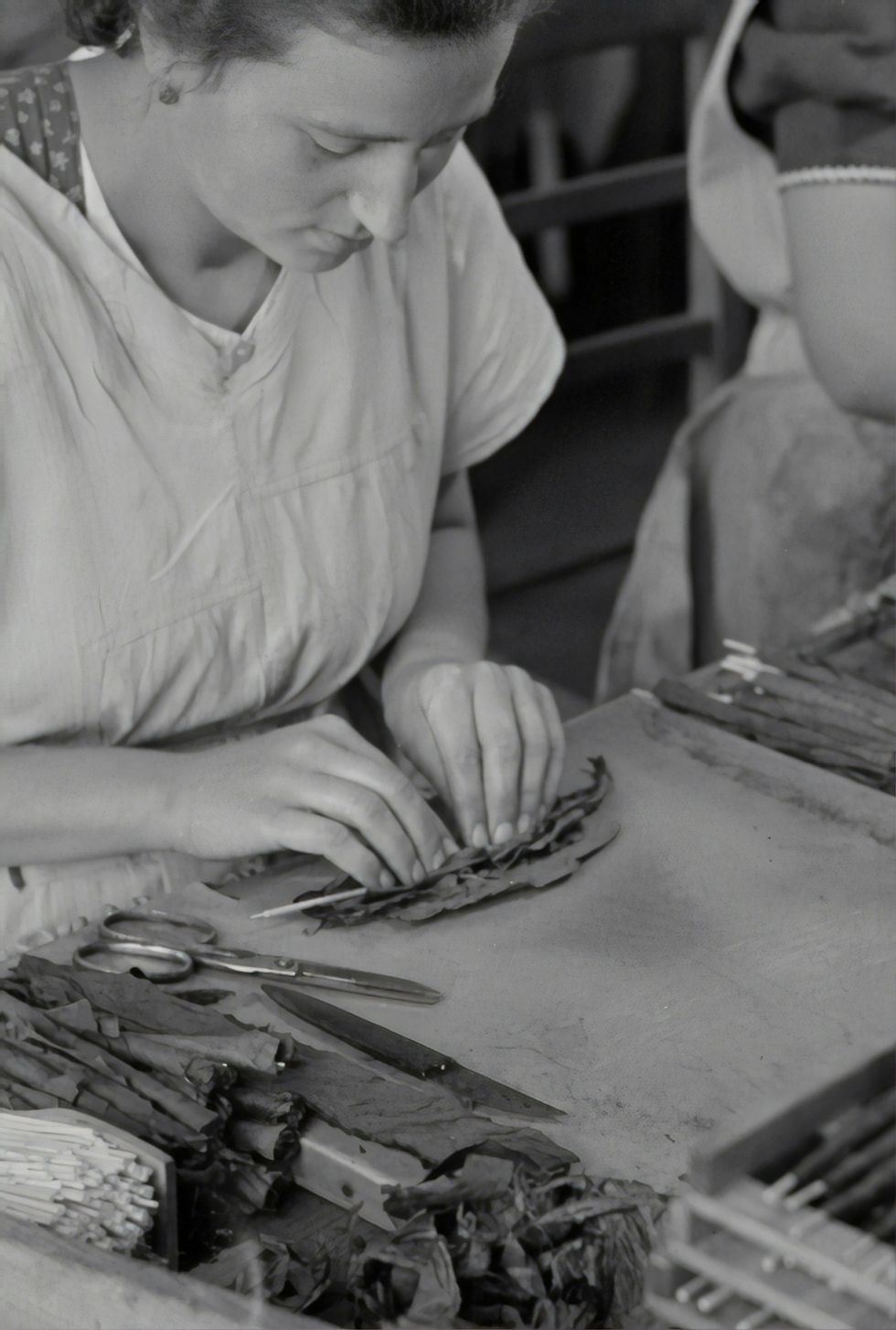 How to Make a Cannagar Without a Mold: A Comprehensive Guide - The Bluntness
Photo by
How to Make a Cannagar Without a Mold: A Comprehensive Guide - The Bluntness
Photo by 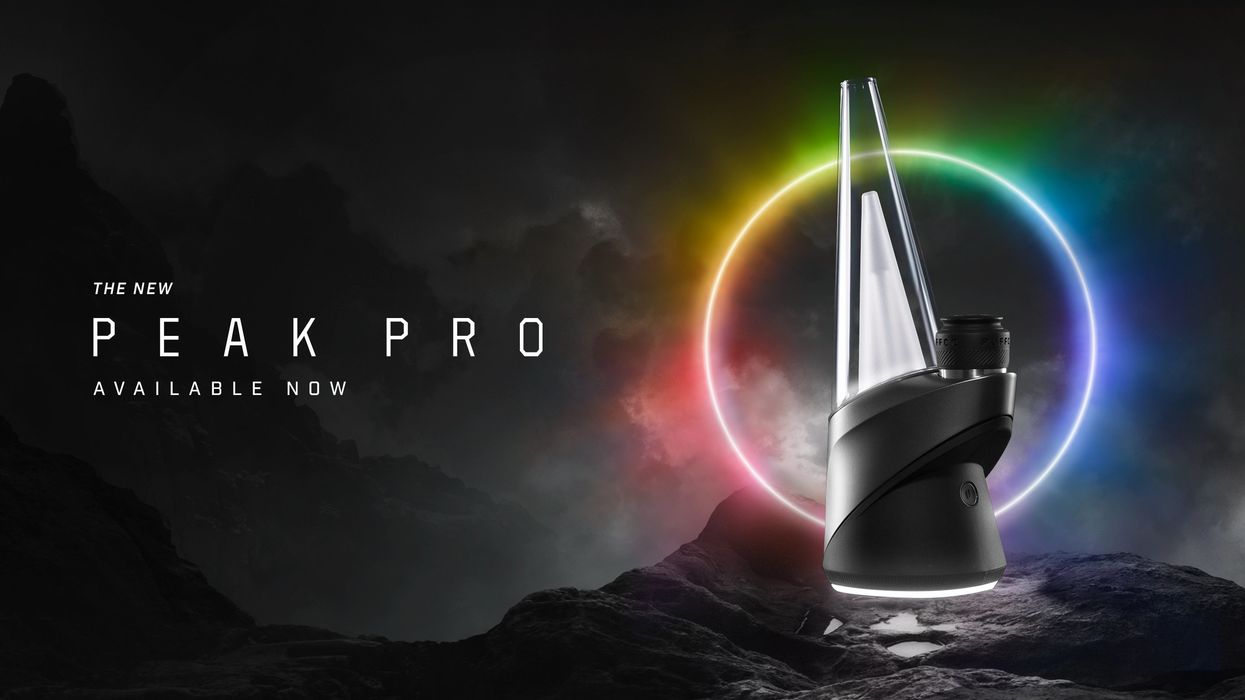
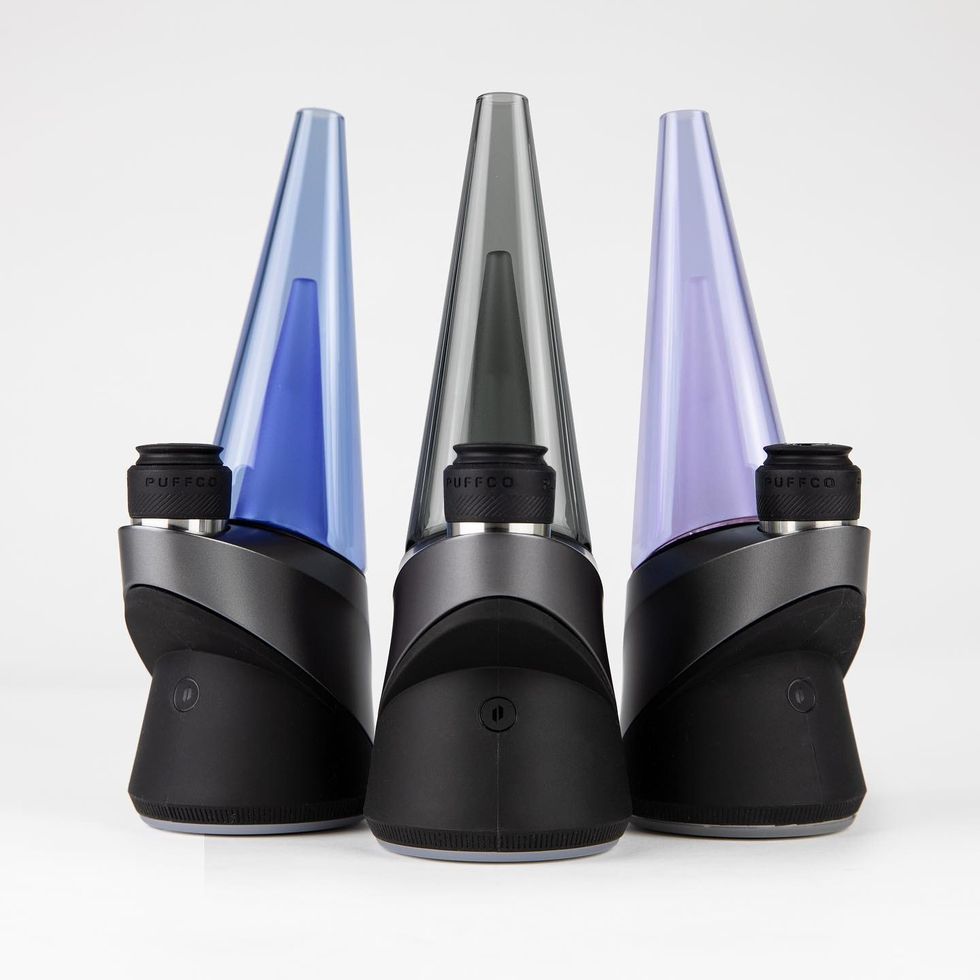 The Puffco Peak Pro brings style and ease to cannabis dabbing.Image from Puffco on Facebook
The Puffco Peak Pro brings style and ease to cannabis dabbing.Image from Puffco on Facebook The Puffco Peak Pro is easy to hold AND easy to use.Image from Puffco on Facebook
The Puffco Peak Pro is easy to hold AND easy to use.Image from Puffco on Facebook The Puffco Peak Pro allows you to appreciate cannabis and innovation at the same time.Image from Puffco on Facebook
The Puffco Peak Pro allows you to appreciate cannabis and innovation at the same time.Image from Puffco on Facebook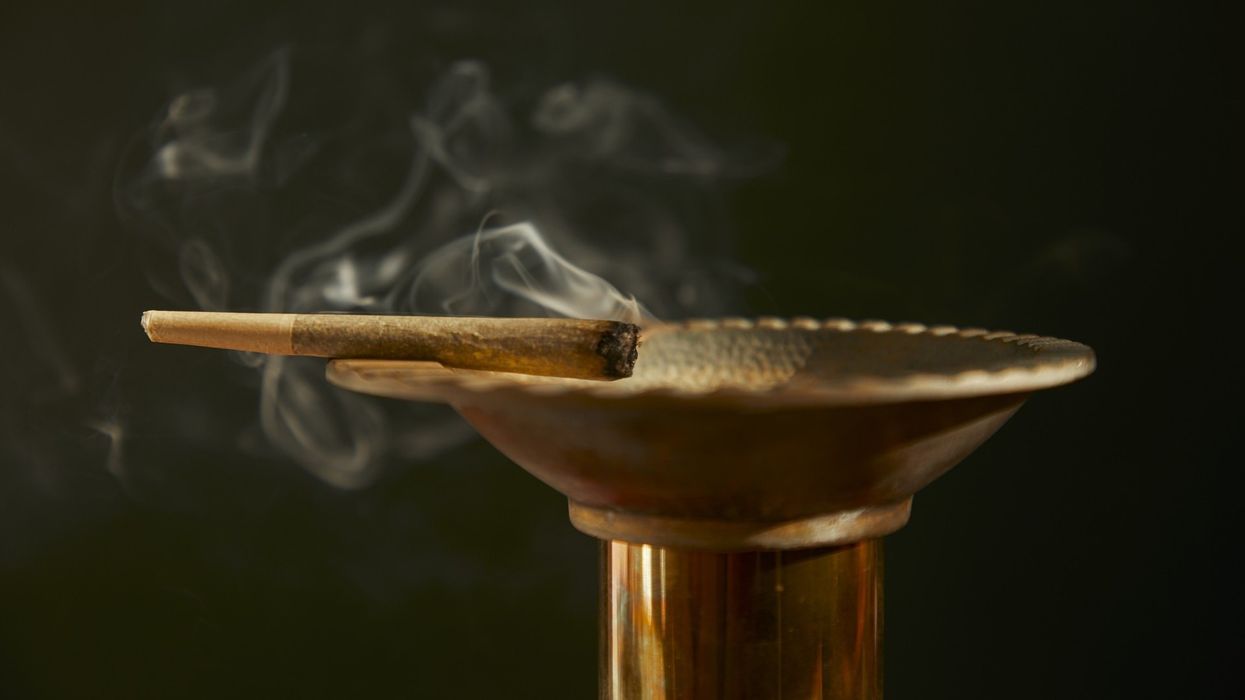
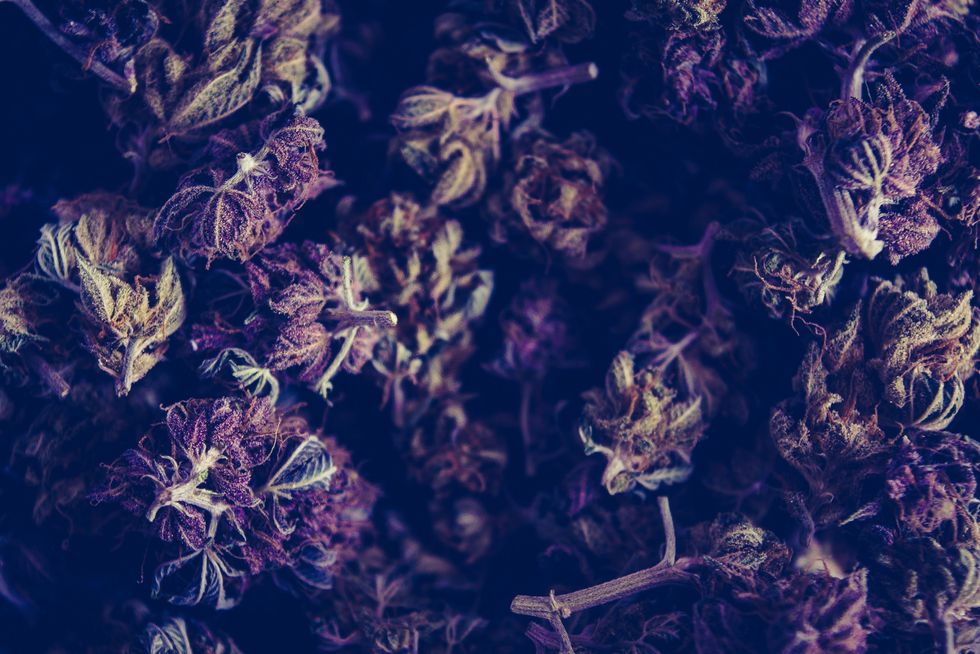 What is reggie weed? - The Bluntness
Photo by
What is reggie weed? - The Bluntness
Photo by